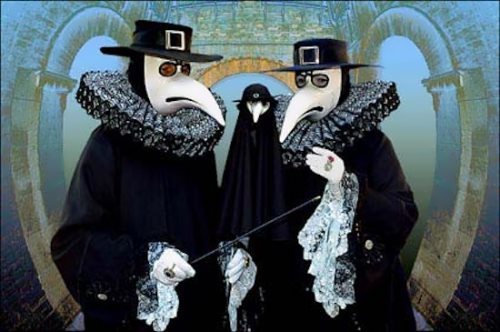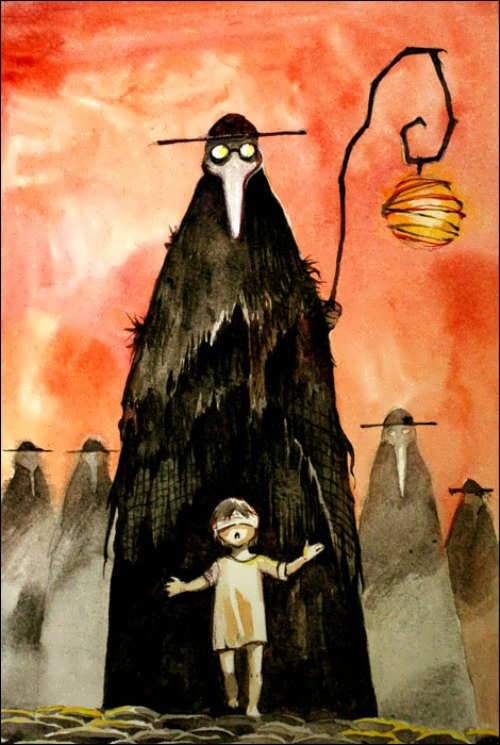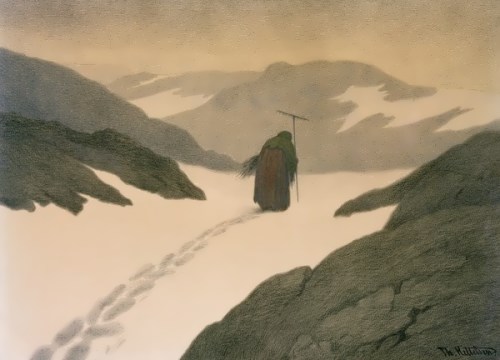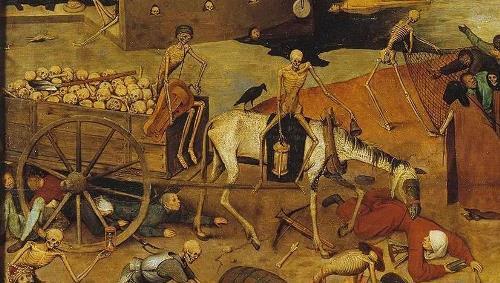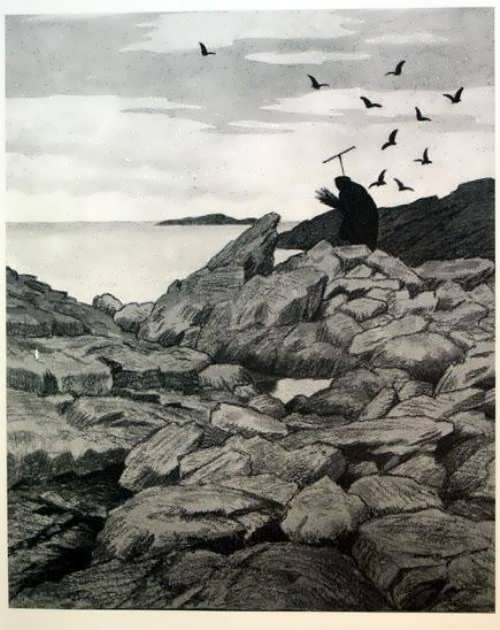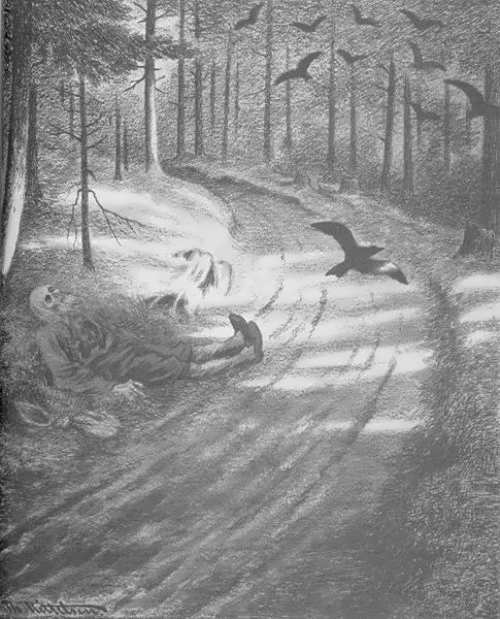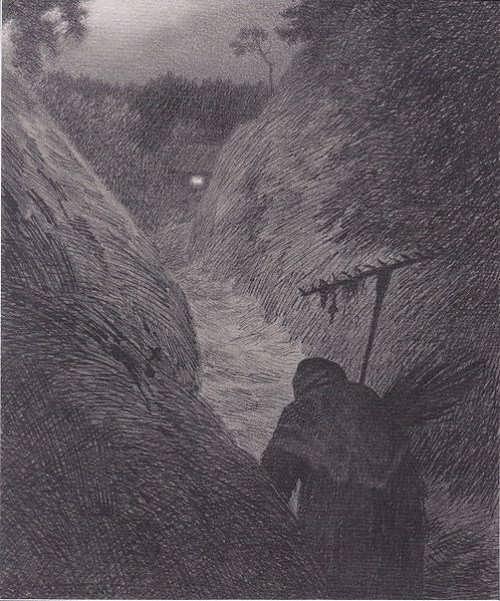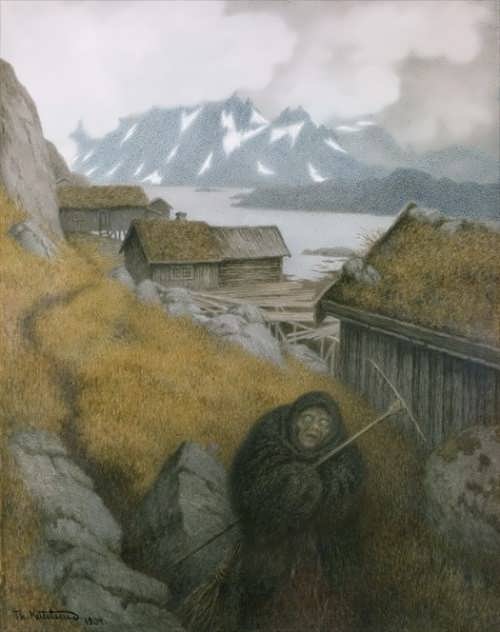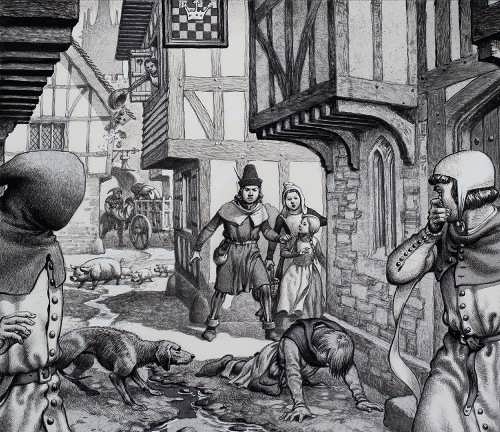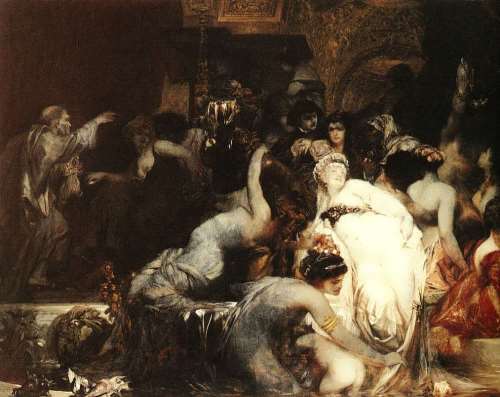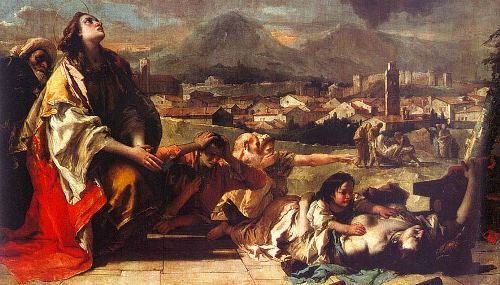Plague – Black Death
For hundreds of years people have called plague the Black Death. But in enlightened and civilized age when medicine is developing rapidly people gradually began to forget about this disease. And almost no one knows that the plague is not just a severe infection. In the Middle Ages its epidemics and pandemics took as many lives as all the wars, and natural disasters put together over the last century. But now mankind has not won plague. We just got a temporary advantage with the help of antibiotics.
So what is the plague, how it influenced our civilization and why we cannot finally win it?
According to recent research, the plague appeared on the Earth about 2-3 thousand years ago as a result of mutations of the yersinia pseudotuberculosis. However, some scholars, including Russian and Soviet biologist and epidemiologist M.V. Supotnitsky believe that the plague raged on the planet in 1200 BC. This is evidenced by the so-called plague of the Philistines, as described in the Bible, the First Book of Kings, which tells about the war between the Philistines and the Israelites followed the epidemic. The experts came to the conclusion that it was the bubonic plague. The Fourth Book of Kings tells the story of Assyrian king Sennacherib who wanted to conquer Jerusalem. The Assyrian army laid siege to the city, but an epidemic killed 185 thousand attackers overnight.
But there are even more ancient literary evidences of the terrible disease. And they belong to the Sumerian epic of Gilgamesh, semi-legendary ruler of the city of Uruk, the national hero. The epidemic that struck the inhabitants of Uruk, describe the characteristic symptoms and features of the plague.
The first historically mention of the plague is the so-called Plague of Justinian, or the first pandemic that raged in the Eastern Roman Empire for almost 30 years, from 551 to 580. It is believed that more than 20 million people had died from this pandemic.
Middle Ages
Plague accompanied the entire history of human civilization. This was aided by unsanitary conditions that prevailed in the cities and crowded places. Rubbish was the perfect environment for the major plague peddlers – rodents. It was even worse because of the medieval misconception that cats were the servants of the devil and infected humans. They killed cats, so the number of rats was increasing. Epidemics of plague began to follow one after another. In the X century the plague swept through Europe. In 1090 more than 10 thousand people were killed for two weeks in Kiev. In the XII century the plague appeared among the Crusaders. In XIII century there were several plague outbreaks in Poland and Russia. But the main fear of the Middle Ages – the Black Death – was still ahead.
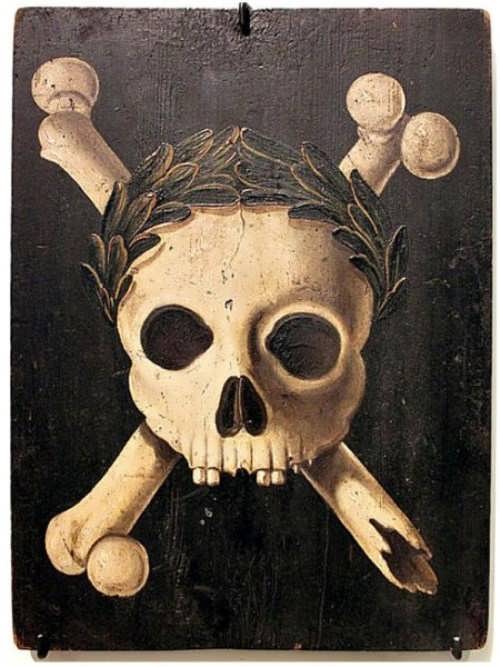
This poster was used during the plague epidemic. It was hung on the houses where they were ill people. Photo Wikimedia Commons
From Gobi to France
The Black Death, the second plague pandemic, occurred predominantly in the bubonic form. It began in 1346 most likely on the territory of the Gobi Desert. It spread first in China and India, and then with the Mongolian armies and trade caravans it swept the whole of Asia, then Europe, North Africa and even Greenland. The death rate was very high. In many countries the half of population died. In the Chinese province of Hebei 90% of the population died. According to reports, by 1400 the population of England decreased by half compared with the beginning of the XIV century, and about 1000 villages died out completely.
Joan of Burgundy (Queen of France), Alfonso XI (King of Castile), Queen Eleanor – wife of the King of Aragon, British Princess Joanna, the Grand Duke Vladimir Simeon and his two sons became victims of the plague.
The Cambridge Encyclopedia of human paleopathology states that 25% of the world’s population or more than 60 million died, including one-third of Europe’s population (about 25 million). England lost about 50% of the population, Norway and Iceland about 65%, while in Paris and Venice 75% of citizens died. Cities were depopulated! Trade and agriculture declined. According to historians, we felt the effects of the pandemic over the next 400 years.
It is believed that by the end of the XIV century the second plague pandemic was over, but there were local epidemics. The epidemic of the great plague in England (bubonic form) in 1665 had been limited and took the lives of more than 20% of its population. Severe outbreak happened in Marseille in 1720.
The third pandemic
The third great pandemic started in the XIX century in China and reached Hong Kong in 1894. The ships with infected rats quickly spread plague in India, Middle East, Brazil, California and other regions. Over a 20-year period 10 million people died. Last epidemic broke out in the Far East, in Manchuria, in 1910-1911. Estimated number of victims was 100 thousand people.
Biological warfare
What do you think – who and when first used biological warfare? The Germans in the First World? The Americans in Vietnam? You’re wrong. In fact, the first time biological warfare was used by the Huns and ancient Mongols. They used the corpses of dead animals to infect wells and other water sources of the enemy. History has numerous evidences of throwing infected corpses over the walls of besieged castles and cities.
The World Health Organization (WHO) reports that from 1989 to 2004 about 40 thousand cases of plague were recorded in 24 countries. The mortality rate was about 7%. In several Asian countries (Kazakhstan, China, Mongolia and Vietnam), Africa (Tanzania and Madagascar), Western Hemisphere (USA, Peru) cases of human infection are recorded almost every year.
Plague – Black Death

In several Asian countries, Africa, Western Hemisphere cases of human infection are recorded almost every year.
